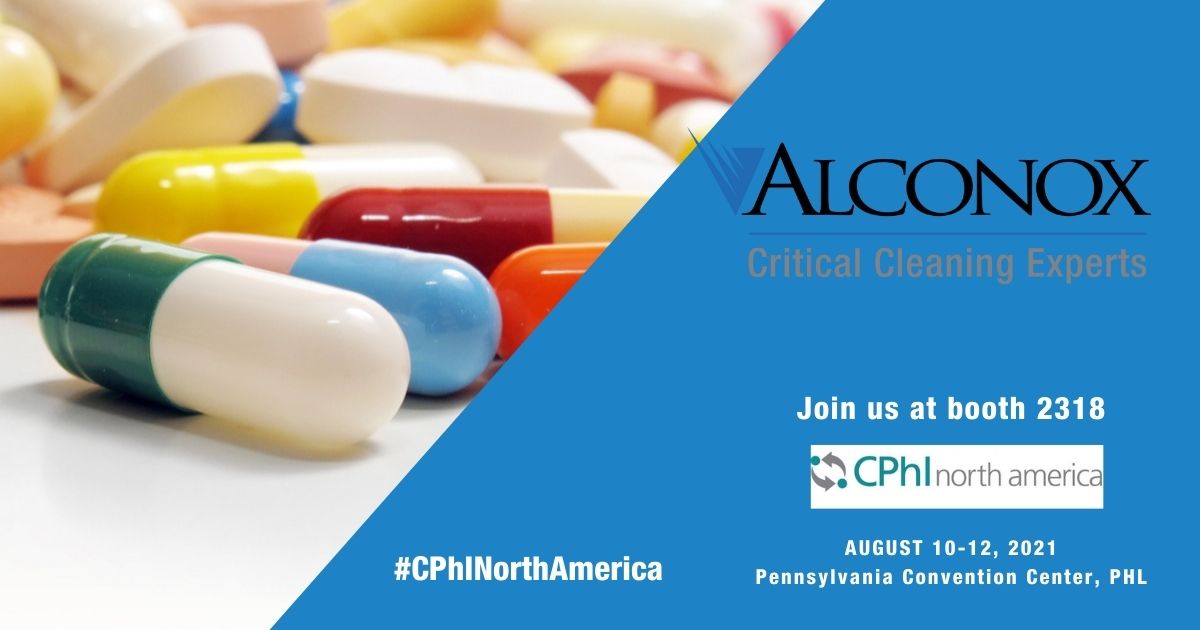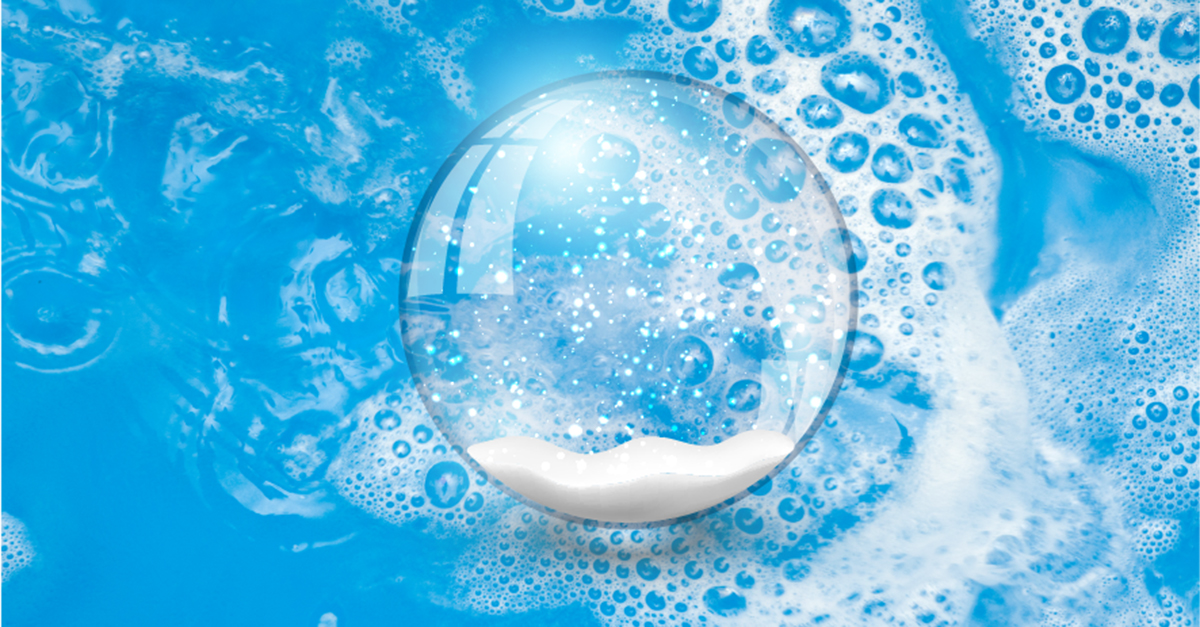Cleaning Plant Cuticle Residue
Q: We are looking for a detergent to remove the cuticle on leaves to see surface cells, stomata, and trichomes. We have Alconox powder in-house. Will that work?
A: Plant cuticles are usually waxes with oils and other bio-derived polymers. Since you have Alconox powder in-house,
Join Alconox, LLC at CPhI North America In Philadelphia
Join Alconox, LLC at CPhI North America at the Pennsylvania Convention Center in Philadelphia August 10-12, 2021
We are really excited to be heading to Philadelphia for CPhI North America.
Our cleaning experts will be on-hand to answer all your medical device cleaning questions. Plus, we’ve got some very cool new merchandise we’ll be handing out.
Advanced Cleaning Mechanisms: Different Ways Detergents Clean
We are running some cleaning trials with several of your detergents in our lab on a difficult to remove resin. There was no indication of solvating with solid flakes and particles of resin crashing to bottom. Can you provide an alternative detergent? Detergents are a synergistic blend of several cleaning ingredients (as opposed to soap). Ways detergents clean therefore….
Running SIP After Cleaning
Q: We are using Tergazyme to control biofilm residues. Works great. Can you think of any issues that might arise if we run a steam/pressure “kill cycle” after cleaning with the Tergazyme cycle is completed?
A: Tergazyme® Enzyme-Active Powdered Detergent is an excellent part of a biofilm control regimen. A thorough rinse will leave no residue left behind to speak of that might interact with your SIP kill cycle. After all,
Advanced Cleaning Mechanisms: Metallic Parts, Bath Monitoring
We are using a bath of Alconox powder for cleaning several metallic parts. We have found that both the concentration of Alconox, along with a set duration brings about the correct end result. As the wash solution is created at the beginning of each working shift, a gradual ‘weakening’ of the process occurs. In some instances, we resort to manually replenishing the tank with a fresh mix mid-shift. Would you have any general advice?




